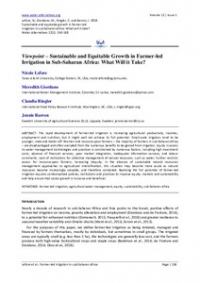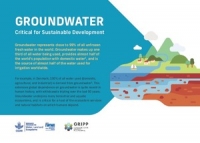Originally published as an Op-Ed in Scientific American on World Food Day.
While global leaders gathered in New York City last month to discuss the climate crisis, it is possible that we are missing the bigger picture. It is not only a climate crisis that we have on our hands; it is a full-blown planetary emergency, and agriculture is both a source and a potential solution.
In the last year alone, African swine fever has left over five million pigs dead, fires have blazed across the Amazon to clear land for farming, devastating landslides have been triggered by intensive vegetable farming in the mountainous areas of India, and dead zones in waterways have continued to expand due in part to agricultural runoffs. Let us not forget the dangerous declines in biodiversity driven largely by agriculture, as reported in a landmark intergovernmental report this year.
These are happening in addition to and not just as a cause of climate change and yet will most certainly make the impacts of climate change far worse.
Read more about WLE Program Director Izabella Koziell's call for a radical transformation of food production, and the launch of a major global Commission on Sustainable Agriculture Intensification.





Comments
With all due respect, I apply for the position of "Climate and resilience" offered by CGIAR to access the initiatives of objectives and actions regarding the TERRITORY MANAGEMENT MODEL IN THE PLANNING OF SOIL, ENVIRONMENT AND REGIONS.
My academic profession and as an architect with interference in the specialty of land management, landscape ecology and ecosystems (urban / rural), we have analyzed a population gap on the objectives of sustainable development (SDG), and are necessary to create an order on the planning of cities in the design and morphological aspects of climate and environmental change of the regional landscape to achieve their distribution especially in the projection and adaptation of ecosystems that in practice requires a circumstantial analysis through the terrestrial process, where populations are circumscribed and guide sustainable application, try better optimal geographical level of metropolis or middle cities, where the ... (enviroment impact / resilience equation ) is due to losses for irregular soil urban activity that has had a through the growth unsustainable por the evolution of dormant or stagnant strategic programs by public desicion.
I appreciate your attention in advance,
Thanks for your interest in these issues. Our program does have occasional openings, which are posted here: https://wle.cgiar.org/about/jobs Good luck!